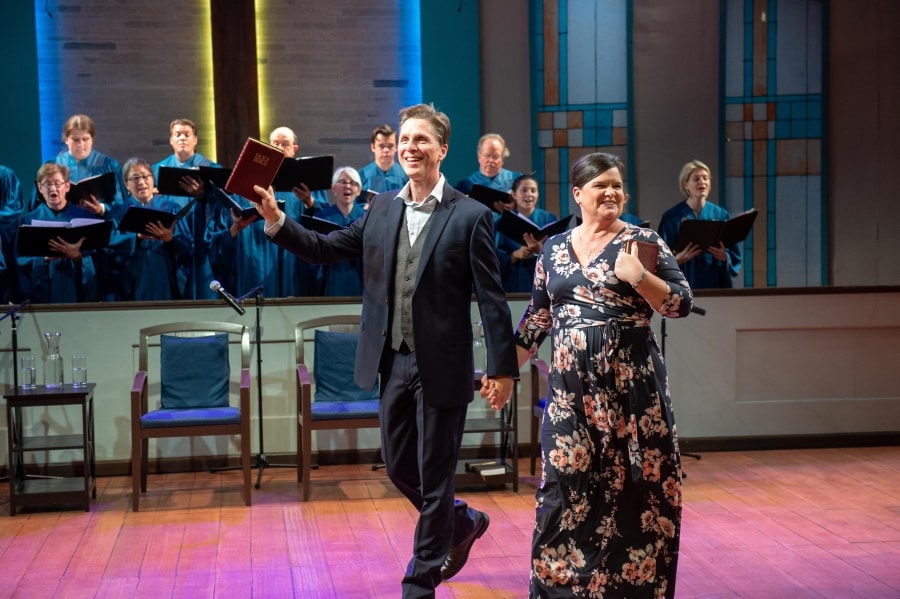BLOOMINGTON, IND.: Bloomington, a city Southwest of Indianapolis, is home to Indiana University Bloomington, the flagship institution of Indiana University. The bustling college town is full of places to visit, including the WonderLab Science Museum, Eskenazi Museum of Art, the Hinkle-Garton Farmstead, and hiking trails. Bloomington is also home to Cardinal Stage, a year-round professional theatre company that presents works for all ages. We caught up with artistic director Kate Galvin via email to learn more about producing theatre in the Hoosier state.
Who founded Cardinal Stage, when, and why?
Cardinal Stage was founded in 2006 by former artistic director Randy White. White had a dream of establishing a high-quality professional theatre that served a broad audience in Bloomington and the surrounding area. Cardinal Stage was created to be a regional theatre that produced a diverse array of plays and musicals, from classic musicals to contemporary plays to theatre for young audiences.
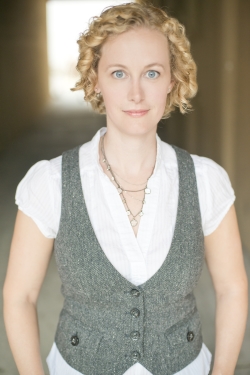
Tell us about yourself and your connection to Cardinal Stage.
I came to Cardinal Stage a year ago as the company’s first new artistic director. When I was contacted about the position, I had not heard of Cardinal Stage and had no idea where Bloomington was, so I had to learn a lot about the company and the town very quickly. What I learned was that this is a wonderful group of people who aren’t afraid of hard work and want to make great theatre. Bloomington is a very cool college town (home to Indiana University) with a lot to offer in terms of arts and culture, as well as a good restaurant scene and Big Ten sports!
How did the company get its name?
The cardinal is the state bird of Indiana. When Randy White founded the company, he wanted to choose a name that would have broad regional appeal and would not pigeonhole the company in any way.
What sets your theatre apart from others in your region?
Cardinal Stage is the largest arts organization in South Central Indiana. We are an hour south of Indianapolis, far enough away that there’s not much crossover in audience participation. With both a mainstage and Cardinal for Kids series, we have something for all theatre lovers in this part of the state. We also have an impressive Cardinal for Schools program, which enables schools to bring students to special matinees at a reduced cost and introduce theatre to children of all ages.
Can you talk about the theatre’s engagement efforts with the Bloomington community?
Community engagement is a big focus of our new five-year strategic plan. We are thinking about this in a variety of ways, in terms of professional collaboration with other arts organizations, and also in terms of direct community involvement. We look for ways to partner with other organizations to share talent, knowledge, and resources. I also think about how our programming can engage the broader community, whether that’s church choirs for a production of The Christians or Little League baseball teams for Rounding Third.
Bloomington is home to literally hundreds of nonprofit organizations, and we also seek opportunities to directly benefit local charities who do amazing work in our community relevant to the themes addressed in our shows. For example, Cardinal recently produced The Legend of Georgia McBride and encouraged attendees get out of their seats to tip the drag performers during each performance. More than $3,000 in tips were collected by the end of the run and donated to Bloomington PRIDE!
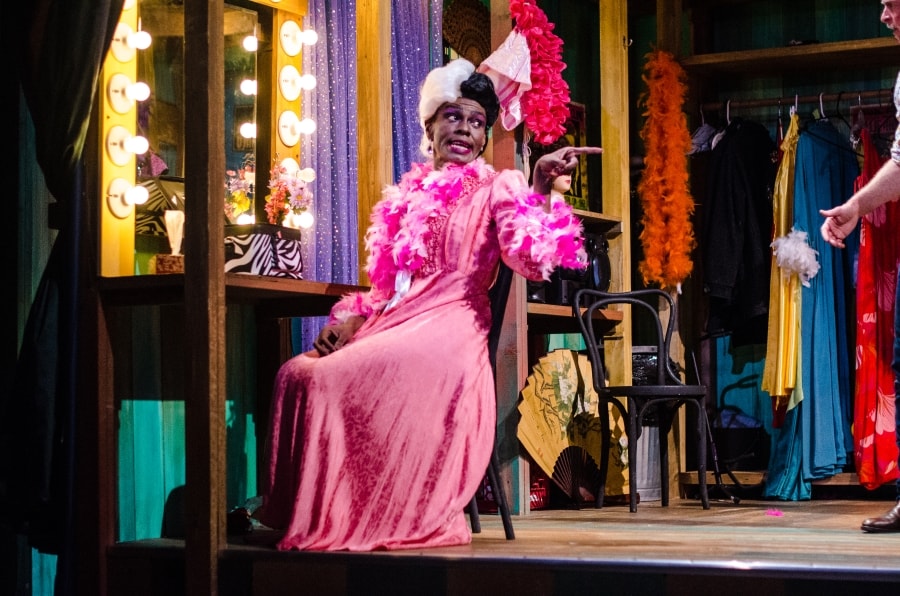
What education programs does Cardinal Stage offer?
Our Cardinal for Schools is our primary educational activity. We work with foundations and corporate sponsors to subsidize the cost of bringing students to Cardinal shows. Many of the school districts in our area don’t have the resources to pay the full price of admission, so we reduce their costs and in some cases even help cover their transportation expenses. Our education committee creates study guides to enable teachers to make the most of their students’ theatre experience.
We also have artists in residence at a local Title-I school, teaching a drama class and giving these kids an opportunity to act, sing, dance, and even create costumes. We are in the planning process for a touring outreach program which will allow us to bring theatre to rural communities that are too far to attend our student matinees.
Tell us about your favorite theatre institution other than your own, and why you admire it.
Before I came to Cardinal Stage, I was with 11th Hour Theatre Company in Philadelphia. 11th Hour produces musicals and they are some of the most passionate, artistic people you could ever hope to work with. Everyone at 11th Hour strives for excellence and cares deeply about musical theatre. In my time there I was able to enhance 11th Hour’s dedication to new musical development and they will be producing their second commissioned piece next season.
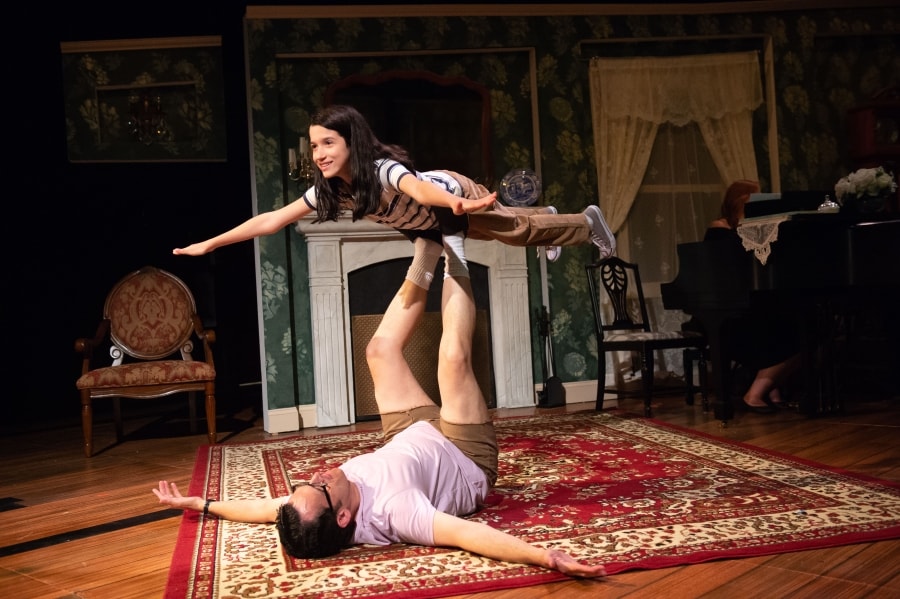
Who is your audience?
Cardinal Stage has a very interesting mix of patrons. We have a strong following among the Indiana University set, but we also reach a wider range of single-ticket buyers who come from throughout the region, including the more rural areas right outside of Bloomington. We aim to serve all of these patrons in some capacity so that we can be the “big tent” theatre company in the area.
How do you pick the plays you put on your stage?
Finding ways to serve this diverse audience is the driving factor behind our programming. As artistic director, I think it’s important to both give people what they know they want and also give them what they don’t know they want. We are two hours from Actors Theater of Louisville and four hours from Chicago, so getting to cutting-edge productions can be difficult and expensive. Cardinal Stage is well positioned to introduce great contemporary plays and musicals that people in our community would not be able to see otherwise. Bloomington is a very music-centric community, so it’s our responsibility to introduce our audience to more great theatre.
What’s your annual budget, and how many artists do you employ each season?Cardinal Stage’s annual budget is just under $1 million. This season we will employ at least 125 artists over the course of six shows.
What show are you working on now? Anything else in your season that you’re especially looking forward to?
Our first mainstage show is The Christians by Lucas Hnath. It’s a show that I’ve been wanting to direct for a few years, so it’s wonderful to get to bring this show to Bloomington. After this I’m diving right into our big holiday musical, which is Disney’s Beauty and the Beast. That is going to be a lot of work, but also a lot of fun!
Strangest or funniest thing you’ve ever seen (or put) on your stage?
My favorite funny moment from last season was in a production of Greg Banks’s adaptation of Robin Hood that we did in our Cardinal for Kids series. His script calls for Prince John to make his entrance in a tub of money, and we had a great time putting our actor in a rolling barrel filled with gold coins. The kids squealed every time he made that entrance!
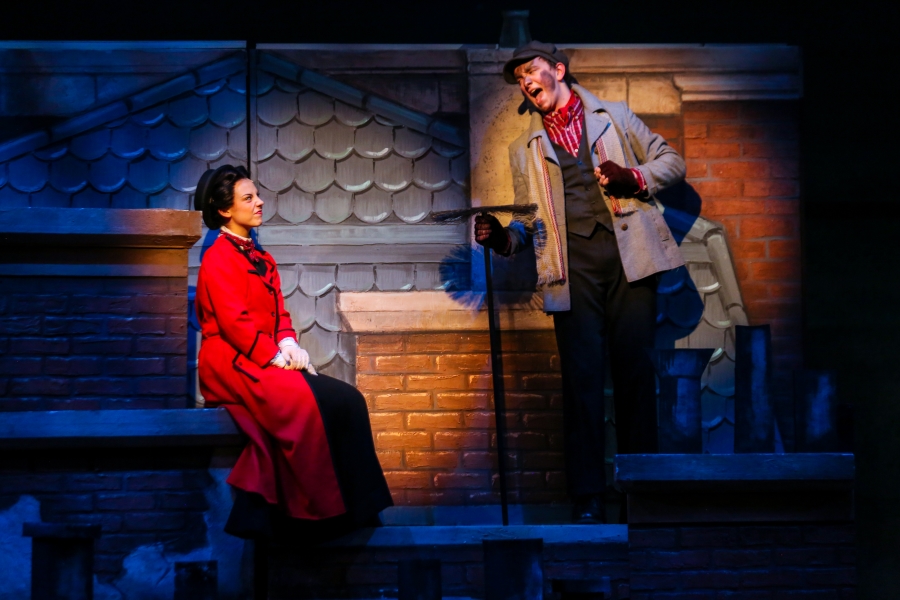
What are you doing when you’re not doing theatre?
Yoga. I need it for exercise as well as stress relief. Running a small company is an unrelenting job, so I have to take those moments of serenity where I can get them.
What does theatre—not just your theatre, but the American or world theatre—look like in, say, 20 years?
I think that theatre will continue to be vital to the human experience. Sharing a room with other people and having a collective experience is so important, especially as we spend more time in our own echo chambers. But I think that theatre will also continue to evolve into a more immersive art form—giving audience members a “real” experience that they can’t get from film or TV. I’m at the point where I’ve found that the theatre I most enjoy as an audience member is something that takes me out of my comfort zone on the safe side of the fourth wall and envelopes me in the action.

